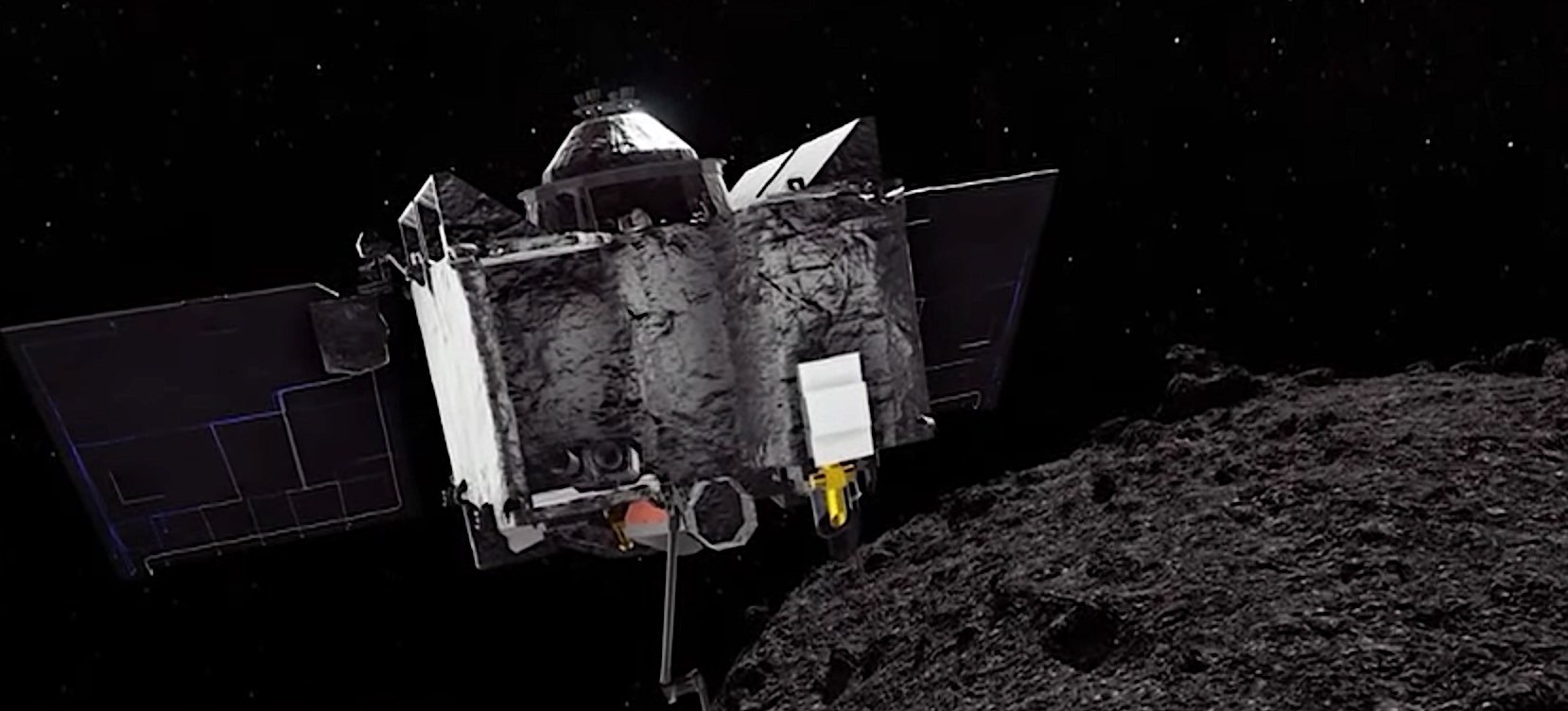A year ago, history was made with the return of humanity’s first asteroid samples collected by NASA. The capsule containing this precious material from Bennu, a 4.5-billion-year-old carbonaceous rock, touched down in the Utah desert in September 2023.
This mission wasn’t just about snagging a piece of space rock; Bennu is a potential treasure trove of information about the origins of our solar system and possibly even life itself.
Launched in 2016, NASA’s OSIRIS-REx mission ventured to Bennu with the specific goal of acquiring a sample for in-depth study.
After a successful touchdown in 2020, the spacecraft delivered its 121.6-gram bounty to Earth last year. Following some initial hurdles in extracting the sample, researchers were finally able to begin their analysis.
The very first results, published in June’s Meteoritics & Planetary Science, reveal findings that could rewrite our understanding of the universe. Scientists are analyzing a sample from asteroid Bennu, which contains surprising hints about its watery past.

The presence of magnesium-sodium phosphate, a key ingredient for life, suggests Bennu may have originated from a small ocean world.
This finding is similar to samples from another asteroid, Ryugu, but Bennu’s phosphate is purer and in larger quantities. Clay minerals, also found in Bennu, further support the idea of a wet past as they resemble those formed on Earth where water meets the mantle.
While Bennu itself is not alive, these discoveries suggest the building blocks of life may be more widespread in our solar system than previously thought. Researchers are eagerly awaiting further analysis of the Bennu sample, which will be distributed to labs around the world.
Meanwhile, the OSIRIS-REx spacecraft, responsible for collecting the Bennu sample, has been reassigned to a new target: the Apophis asteroid. Once considered a potential threat to Earth, Apophis is now believed to be safe for the next century.
OSIRIS-REx, now called OSIRIS-APEX, will study Apophis from orbit in 2029 to map its surface and determine its composition.

